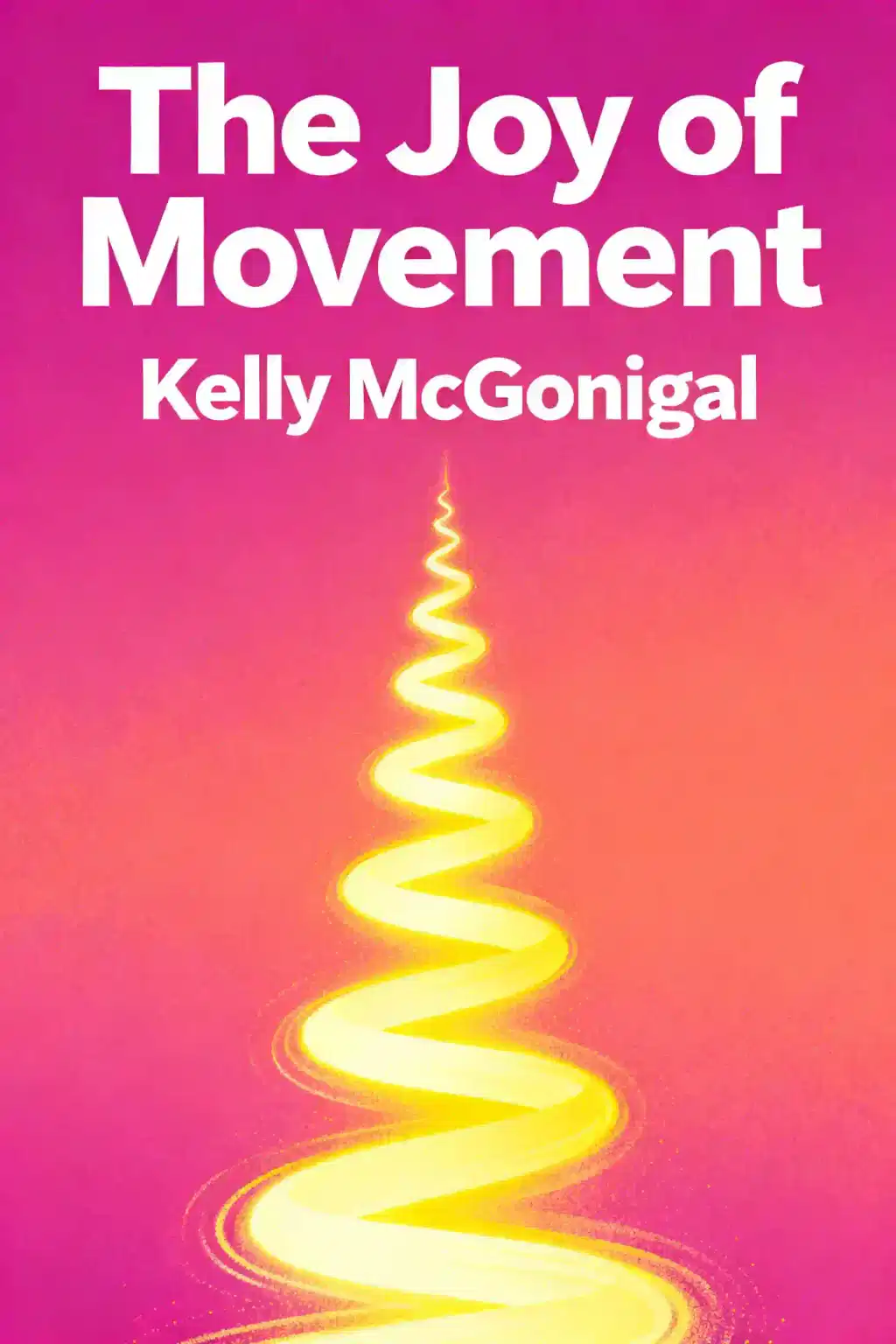
Joy on Demand by Chade-Meng Tan Summary
Overview of Joy on Demand
Discover how Google's "Jolly Good Fellow" teaches instant joy through simple meditation techniques. This New York Times bestseller by Chade-Meng Tan - endorsed by leaders from Jimmy Carter to the Dalai Lama - reveals why happiness isn't just desirable, but trainable like a muscle.
Similar books to Joy on Demand
Feel the book through the author's voice
Capture key ideas in a flash for fast learning
Key takeaways
The Journey to Joy
I never thought I'd become an expert on happiness. For most of my life, I was far from joyful - in fact, I was downright miserable. But through an unexpected journey of self-discovery and mindfulness practice, I found a way to access joy on demand. Now, I want to share what I've learned so that you too can cultivate lasting happiness, regardless of your circumstances. My path to joy began when I was working as an early engineer at Google. Despite having what many would consider a dream job, I felt unfulfilled and unhappy. I started exploring meditation and mindfulness out of sheer desperation - I was miserable enough to try anything. To my surprise, I discovered that joy is a skill that can be developed through practice, much like building physical strength through exercise. Just as you can do bicep curls to strengthen your arms, there are mental exercises you can do to strengthen your capacity for joy. Through consistent practice, I was able to dramatically shift my baseline level of happiness. Even more remarkably, I found that I could eventually access a sense of joy and ease on demand, simply by tuning into my breath or cultivating loving-kindness.
The Science of Happiness
Easing into Joy
Inclining the Mind Toward Joy
Uplifting the Mind
Joy as a Way of Life
Quick Summary Mode - Read or listen to Joy on Demand Summary in 7 Minutes
Break down key ideas from Joy on Demand into bite-sized takeaways to understand how innovative teams create, collaborate, and grow.
Flash Card Mode - Top 10 Insights from Joy on Demand in a Nutshell
Distill Joy on Demand into rapid-fire memory cues that highlight Pixar’s principles of candor, teamwork, and creative resilience.

Personalize Mode - Read or listen to Joy on Demand Summary in 0 Minutes
Ask anything, pick the voice, and co-create insights that truly resonate with you.

From Columbia University alumni built in San Francisco

Get the Joy on Demand summary as a free PDF or EPUB. Print it or read offline anytime.










